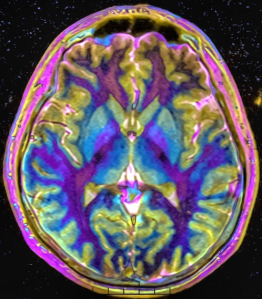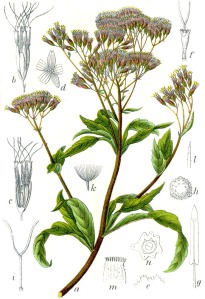So, I’ve been reflecting on my use of the arts to teach biology over the past two years.
My goal is for students to learn the science, not for them to become good artists of any sort. And I can’t teach the arts or design to them beyond the ways in which those arts or design are part of my own training.
I like the use of the arts in learning. The art that’s created doesn’t have to be good art because it isn’t ever presented. For example, students can act out transport through xylem and phloem (the vascular tissue of plants), bring props, include music that’s meaningful to them, and use movement and each other to embody a process that is normally challenging to understand. New, smart scientific questions get asked and answered through experimentation using movement. There’s joy in this learning. And rigor. Shouldn’t these two always go together? If a dance or theatre professor co-taught this exercise, it might be presentable, but otherwise it’s not. Other examples of this type of learning include having students write haikus to gain experience expressing Newtonian physics in their own words, or scientific illustration to encourage close observation.
When the art is integral to the presentation of science, such as the theatre and design aspects of conference-style presentations or scientific presentations to a general audience, student presentations can be greatly improved with the help of some outside resources (acting for science videos – https://stemtosteamihe.wordpress.com/2013/05/11/act-like-you-mean-it/, Edward Tufte’s books – http://www.edwardtufte.com/tufte/).
Aside from scientific presentations, I’m not so sure that I like the use of creative projects as a way to express science learning or communicate science when some of the students lack an arts/design background. The students with formal artistic training can produce really great things, pieces that show rigor from both a scientific and artistic perspective. Those who don’t have that background tend to create pieces that are weak in both fields, suggesting that the science hasn’t been learned or explored sufficiently. Perhaps that’s because the challenge of creating real art is too great and therefore distracting. Creative assignments for those students may do them a real disservice. They could have spent that effort building science skills instead.
Those are my musings for today. Let me know if you think I should change my mind!







You must be logged in to post a comment.